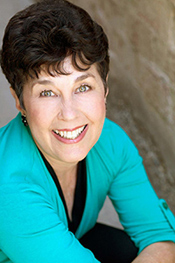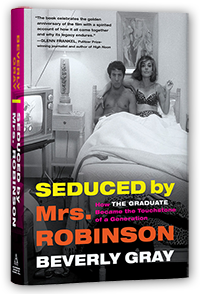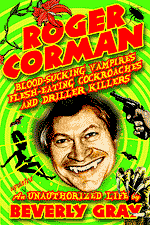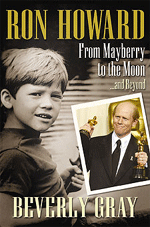Time marches on? Time dances on? I only know that I seem to have become too grown-up to thoroughly enjoy Wicked. Yes, of course I still love watching what happens to Dorothy and her pals when they journey from Munchkinland to the Emerald City in the classic 1939 film. It’s a movie I’ve adored since childhood when, months before I actually got taken to see it, I pasted a newspaper photo of Glinda and Dorothy in my scrapbook. The screening I was so excited about was, of course, an encore presentation. The film’s debut occurred long before I was born—and long before the movie industry had adopted basic safety practices to protect actors from harm. I strongly recommend Aljean Harmetz’s The Making of the Wizard of Oz, first published in 1977 and now available in an illustrated anniversary edition, to anyone who wants to read hair-raising stories of the dangerous conditions on that set.
The 1939 production was hardly the first attempt to film L. Frank Baum’s classic children’s tale. I’m told there’s a silent version dating back to 1925. But after the success of the Judy Garland vehicle, Hollywood tried several times to film other of Baum’s Oz books, with mixed results. (Does anyone remember Fairuza Balk in 1985’s Return to Oz?) More inspiring was the screen version of the Broadway hit, The Wiz, in which the familiar story of Dorothy and her friends is re-imagined in an African-American context, with such stars as Diana Ross (Dorothy), Michael Jackson (as the Scarecrow), Lena Horne (Glinda), and Richard Pryor (The Wizard of Oz) giving an urban twist to the saga, which starts on the mean streets of Harlem instead of on the Kansas prairies.
I’ll say this for Wicked: it’s a thorough rethinking of Baum’s original story. Wicked began as a 1995 novel by Gregory Maguire, subtitled The Life and Times of the Wicked Witch of the West. I found its prose rather ponderous, but it cleverly explores the nature of evil by looking at the evolution of a young woman named Elphaba from pathetic misfit to incarnation of all things witchy. The novel became a 2003 hit musical, thanks at least in part to Stephen Schwartz’s songs, with a big assist from the performances of Adina Menzel and Kristin Chenoweth. (Both get nice little cameos in the film version.)
The new movie, which is certainly doing its share of saving the financially precarious film industry, is actually Wicked, Part I. It’s also, I trust, introducing a new generation to the joys of movie musicals. Under the direction of Jon M. Chu, who had previously scored with Crazy Rich Asians and the Lin Manuel Miranda musical, In the Heights, it is visually impressive, with the palace of Oz, the complicated hair-do of Madam Morrible, and the frilly all-pink wardrobe of Galinda all given loving attention. The singers really sing; the dancers really dance. And Chu’s openness to casting actors of many backgrounds—especially Cynthia Erivo as the green-skinned Elphaba—adds a nice subliminal message about society’s scorn for those whose skin is a different shade.
So what’s not to like? I guess for me (but not for the younger folks with me, including a starry-eyed ten-year-old) the movie felt overly long and overly effortful. The very earnestness of the film’s social issues (which get tangled up with a subplot about the mistreatment of animals) seemed overwrought to the point of dullness. Yes, I loved Ariana Grande’s rendition of the show’s best song, “Popular,” But I’m not counting the days until we get to see Wicked, Part II.








No comments:
Post a Comment